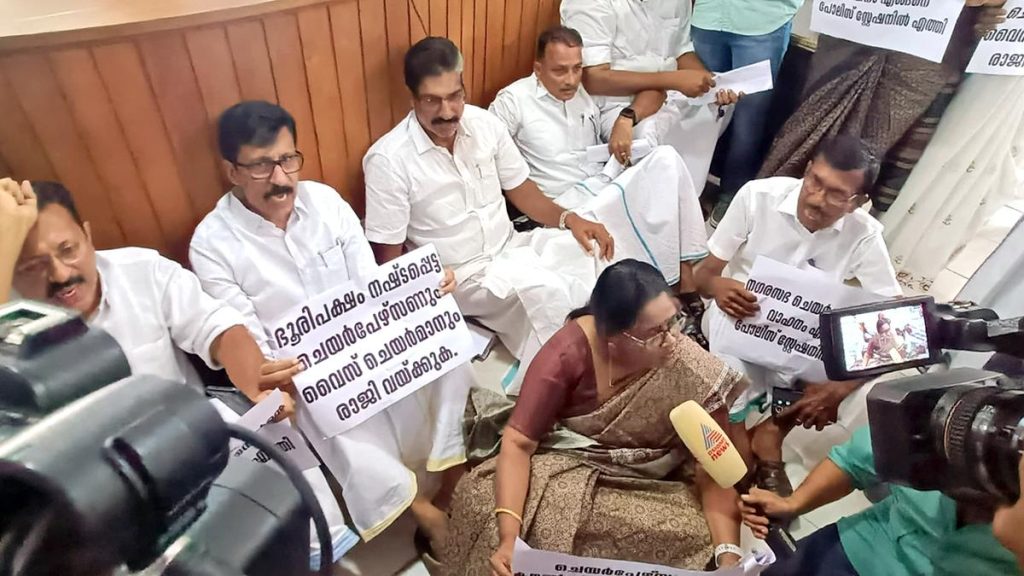Now Reading: Hyderabad 2000 Floods: A Visual Chronicle
-
01
Hyderabad 2000 Floods: A Visual Chronicle
Hyderabad 2000 Floods: A Visual Chronicle
Quick Summary
- Event: Hyderabad witnessed torrential rains in August 2000, leading to unprecedented flooding and destruction in the city.
- Damage:
– Overflowing canals caused severe damage to homes and infrastructure.
– Villagers were forced to rebuild homes destroyed by floods.
– Roads suffered extensive damage, impacting transportation and connectivity.
– Low-lying areas remained submerged even after rains stopped.
- Impact on Citizens:
– Residents carried belongings to safer locations amidst rising water levels.
- Cultural Preservation: In response to the destruction of over 60,000 books due to rain damage, a thermal vacuum dryer was imported from Canada in 2002 for restoration efforts at Soundraya Vigyana Kendram.
Indian Opinion Analysis
The torrential rains of August 2000 highlighted several critical vulnerabilities in urban infrastructure and disaster response mechanisms within hyderabad. The widespread flooding disrupted lives, exposed fragile canal systems, and underscored the need for resilient urban planning capable of mitigating extreme weather events effectively.
This incident serves as a reminder of how heavy rainfall can have lasting repercussions not only on physical infrastructure but also on cultural heritage. Restoration initiatives such as deploying advanced technology for preserving historical documents showcased proactive measures but also emphasized the importance of preparedness rather than reactive responses.
The event has broader implications for India’s urban centers that face consistent threats from climate-induced occurrences; robust flood management systems are imperative alongside community awareness programs aimed at disaster resilience.Link: Read More

























